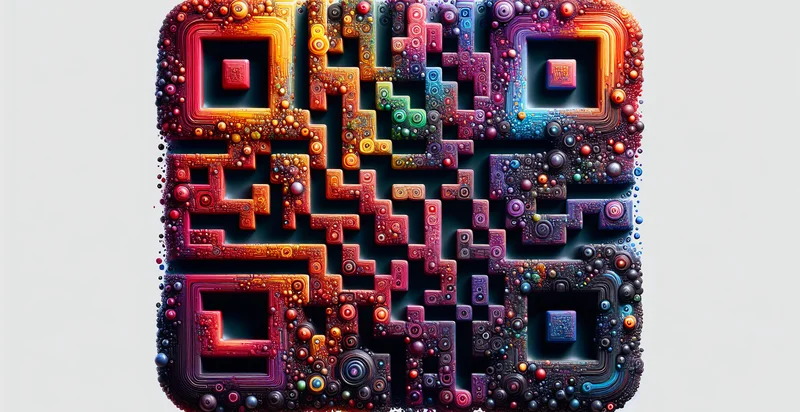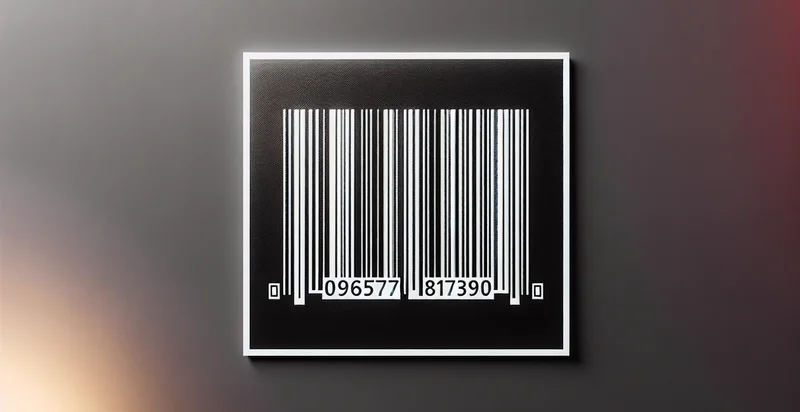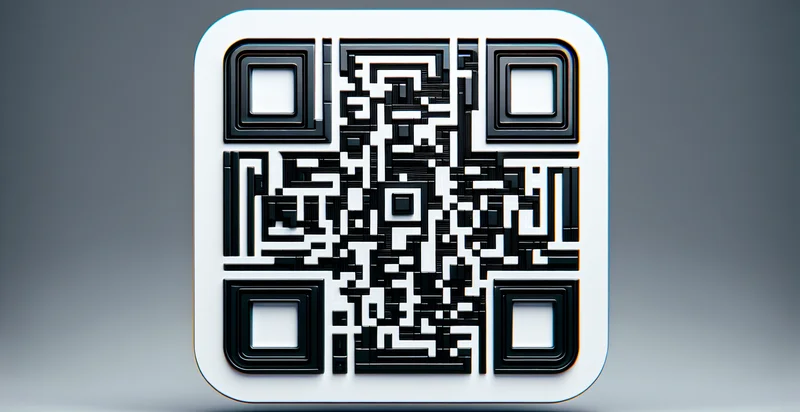Identify qr code ink coverage
using AI
Below is a free classifier to identify qr code ink coverage. Just upload your image, and our AI will predict the level of ink coverage in QR codes. - in just seconds.

Contact us for API access
Or, use Nyckel to build highly-accurate custom classifiers in just minutes. No PhD required.
Get started
import nyckel
credentials = nyckel.Credentials("YOUR_CLIENT_ID", "YOUR_CLIENT_SECRET")
nyckel.invoke("qr-code-ink-coverage", "your_image_url", credentials)
fetch('https://www.nyckel.com/v1/functions/qr-code-ink-coverage/invoke', {
method: 'POST',
headers: {
'Authorization': 'Bearer ' + 'YOUR_BEARER_TOKEN',
'Content-Type': 'application/json',
},
body: JSON.stringify(
{"data": "your_image_url"}
)
})
.then(response => response.json())
.then(data => console.log(data));
curl -X POST \
-H "Content-Type: application/json" \
-H "Authorization: Bearer YOUR_BEARER_TOKEN" \
-d '{"data": "your_image_url"}' \
https://www.nyckel.com/v1/functions/qr-code-ink-coverage/invoke
How this classifier works
To start, upload your image. Our AI tool will then predict the level of ink coverage in QR codes..
This pretrained image model uses a Nyckel-created dataset and has 21 labels, including Blotchy, Blurry, Clear, Complete, Consistent, Dense, Distorted, Even Coverage, Faded and Illegible.
We'll also show a confidence score (the higher the number, the more confident the AI model is around the level of ink coverage in QR codes.).
Whether you're just curious or building qr code ink coverage detection into your application, we hope our classifier proves helpful.
Related Classifiers
Need to identify qr code ink coverage at scale?
Get API or Zapier access to this classifier for free. It's perfect for:
- Quality Control in Manufacturing: This use case involves utilizing the QR code ink coverage identifier to assess the quality of printed QR codes in manufacturing settings. By ensuring that ink coverage meets predefined standards, businesses can reduce misreads and enhance product traceability.
- RFID Integration for Inventory Management: In warehouses, this function can be applied to verify that QR codes on RFID tags have adequate ink coverage for proper scanning by automated systems. This improves inventory accuracy and reduces the chances of stock discrepancies.
- Retail Checkout Optimization: Retailers can implement this function at checkout stations to identify poorly printed QR codes before scanning. By proactively addressing ink coverage issues, they can streamline the checkout process and enhance customer satisfaction.
- Post-Production Verification: After production, businesses can use the ink coverage identifier to verify that all QR codes on packaging meet quality standards. This helps ensure that consumers receive fully functional labels and prevents potential complications in product tracking.
- Logistics and Shipping Efficiency: Shipping companies can utilize this function to ensure that QR codes on packages are fully covered for optimal scanning during transit. Improved ink coverage helps facilitate smoother logistical operations and minimizes delays caused by scanning errors.
- Marketing Campaign Effectiveness: Businesses can evaluate the ink coverage on QR codes used in marketing materials to ensure they are printed accurately. This helps maximize engagement rates, as clear and well-printed codes are more likely to be scanned by potential customers.
- Compliance and Regulatory Reporting: For industries that require strict compliance documentation, using the ink coverage identifier can ensure that QR codes on compliance reports are consistently readable. This improves regulatory adherence and reduces the risk of fines related to improper documentation.


